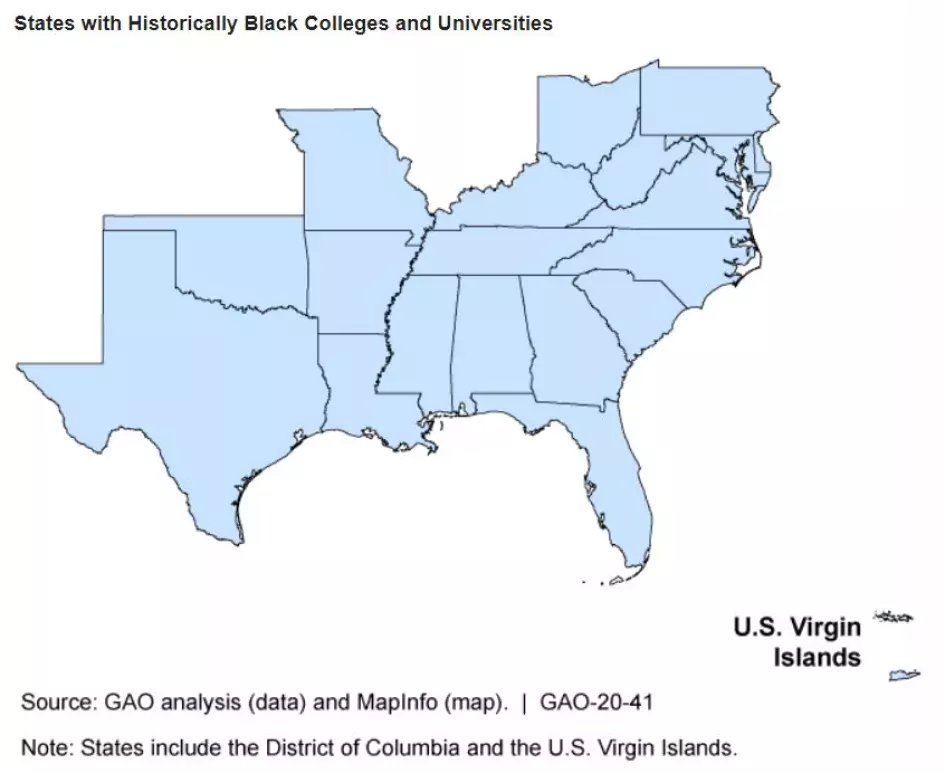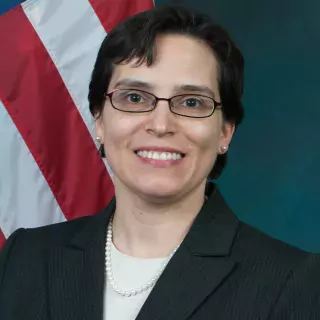How the Small Business Administration Partners with Historically Black Colleges and Universities
When Vice President Kamala Harris was sworn in January 20, she became the first candidate elected to President or Vice President to have attended a Historically Black College or University (HBCU). What are HBCUs, and what role have they played in higher education?
HBCUs collectively enrolled more than 226,000 Black students in 2017. These schools can boast that more than one-third of Black Americans who obtained a doctorate degree in STEM fields from 2005-2010 earned their undergraduate degrees from an HBCU. HBCUs also play an important role in their local and regional economies, contributing an estimated $14.8 billion in 2014.
Today’s WatchBlog looks at how the federal government’s Small Business Administration (SBA) has partnered with HBCUs to promote student achievement and entrepreneurship.
Image

Established partnership with SBA
In 1980, an executive order established a White House Initiative to strengthen the capacity of HBCUs to provide quality education and other opportunities for students. Subsequent administrations joined this effort—including a 2017 executive order that, among other things, prioritized increasing the role that the private sector plays in helping HBCUs. As part of these efforts, the SBA must plan for how it intends to identify federal programs and initiatives in which HBCUs are underserved or may have been underutilized.
In its 2018 plan, the SBA set a goal of raising awareness and providing information to help HBCUs compete for federal grants and contracts. The SBA set another goal of promoting collaboration among HBCUs, SBA resource partners, and the agency’s district offices to encourage and support entrepreneurship in underserved markets.
In our 2019 work, we examined this effort, and found opportunities for the SBA to strengthen its partnerships with HBCUs.
Areas of improvement
We found that the SBA failed to communicate with key small business development centers and district offices about its planned efforts to support HBCUs. The SBA did not have annual plans for this initiative from 2013–2017.
There was also a lack of communication between SBA headquarters staff and their HBCU partners regarding the 2018 annual plan. The SBA did not prepare an annual plan until the end of fiscal year 2018. The agency did not share this plan with HBCUs once it was prepared and, instead, decided to focus its efforts on how to support HBCUs during the following fiscal year.
We also found, in 2019, that the SBA did not collect relevant information to develop a baseline and track its ongoing efforts to support HBCUs.
Moving forward
Our report recommended that the SBA define clear roles and responsibilities for its headquarters staff responsible for implementing the White House Initiative on HBCUs. Also, SBA should communicate its plans for the initiative to district offices and HBCUs, and should take steps to collect information needed to monitor and assess its efforts to support HBCUs. To date, our recommendations have not been implemented by the SBA.
GAO Contacts
Related Products

GAO's mission is to provide Congress with fact-based, nonpartisan information that can help improve federal government performance and ensure accountability for the benefit of the American people. GAO launched its WatchBlog in January, 2014, as part of its continuing effort to reach its audiences—Congress and the American people—where they are currently looking for information.
The blog format allows GAO to provide a little more context about its work than it can offer on its other social media platforms. Posts will tie GAO work to current events and the news; show how GAO’s work is affecting agencies or legislation; highlight reports, testimonies, and issue areas where GAO does work; and provide information about GAO itself, among other things.
Please send any feedback on GAO's WatchBlog to blog@gao.gov.





